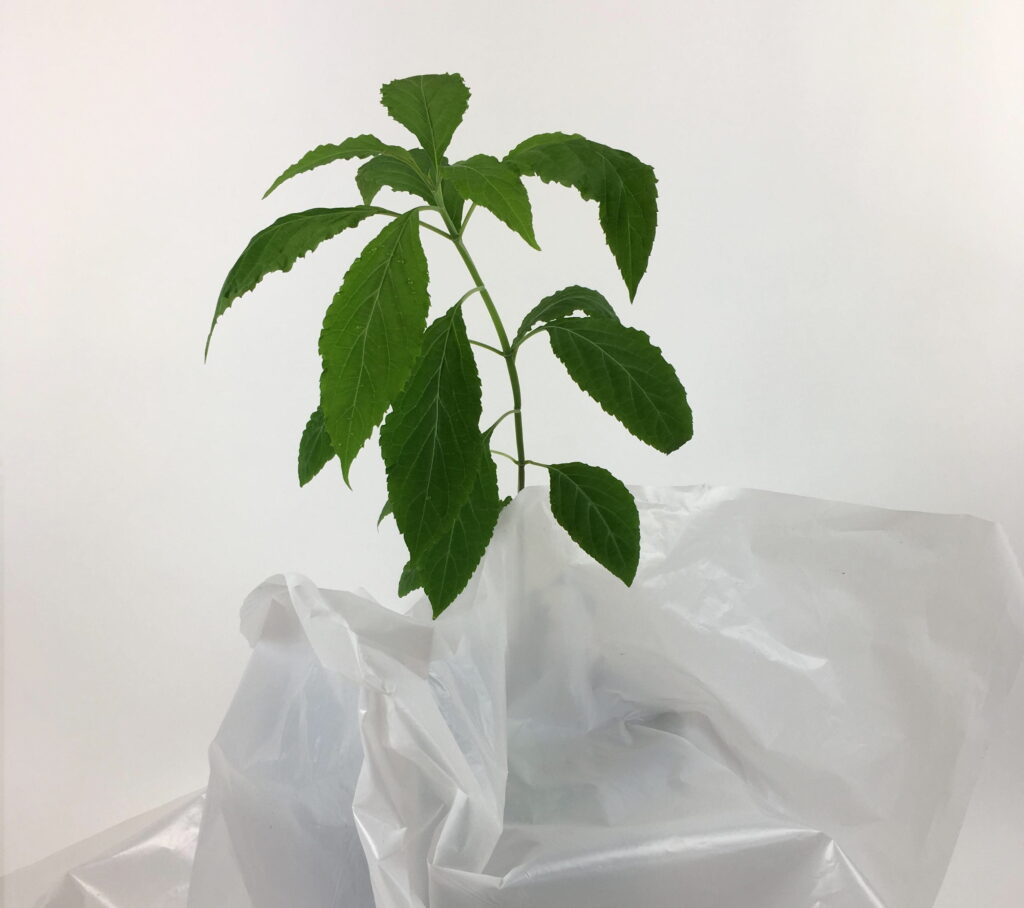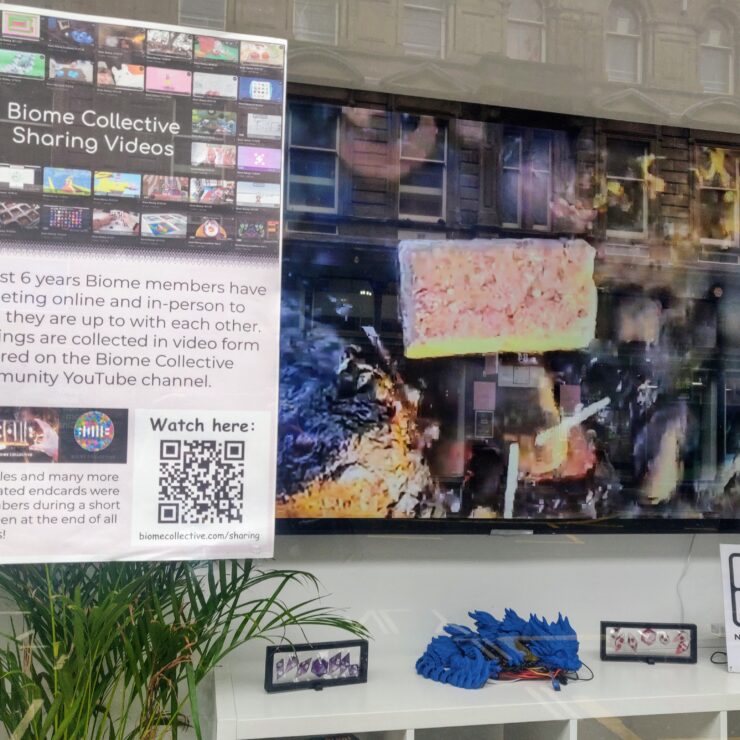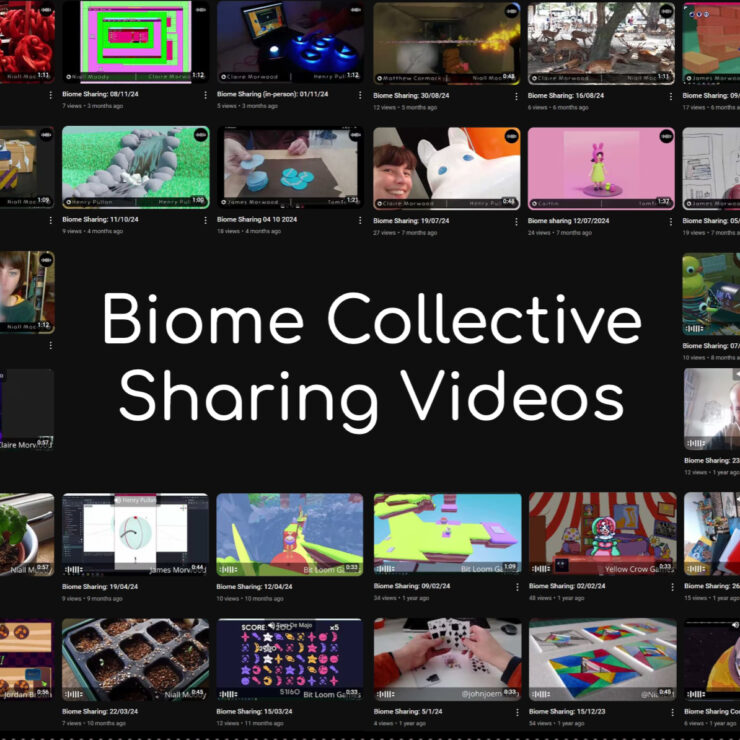The Future of Mourning: Making the Invisible Visible

What if you could consume the DNA of a recently passed loved one and have a hallucinogenic journey to help you overcome your grief? Or insert a bit of their genetic code into a plant as a memorial gesture?
American artists Heather Dewey-Hagborg and Phillip Andrew Lewis will be exhibiting new work at this year’s NEoN Digital Arts Festival in an exhibition which opens on October 4 at LifeSpace Science Art Research Gallery at the University of Dundee, curated by NEoN’s Sarah Cook. Together the artists have been developing a conceptual project they call ‘Spirit Molecule’, where they’re exploring the possibility of genetically modifying psychoactive plants with human DNA to create what they describe as a “genetic memorial”.
Heather explained: “We’re talking about how this is one more step; so you could have a plant of your grandmother and live with that and just have a physical interaction and know that that plant has that genetic make-up. But you could also potentially consume it and go into this other state of consciousness.
“You could consume this plant as an intimate journey, a last intimate journey with this person.”
For Phillip, an artist and horticulturalist, using psychoactive plants in this way is part of an overall move to incorporate his “research plants” into his artwork. He explains that he’s used invasive species as artworks before, but is excited to use psychoactive ones more in his work. “I’ve just been accumulating and growing a lot of rare plants, a lot of sacred, medicinal plants,” he says.
Over the last few years Heather and Phillip have been exploring how this idea would work in practice, meeting with various scientists – including technologists and biochemists – and learning more about genetic engineering techniques. Phillip explains that they’ve also been exploring the types of plants they might use, settling on wormwood, foxglove, rowan, and belladonna.
At the moment the work is still at a conceptual stage. Their exhibition at LifeSpace will act as a prototype, a speculative design for a genetically modified memorial plant.
Whatever the final pieces will be, they should certainly get audiences thinking about the way in which we remember those who have passed, and the possible ways we can memorialise them. That is, the ways we can make the invisible visible.
By Ana Hine
Heather and Phillip will be giving a free tour of the exhibition on October 20 from 2-3pm at Lifespace gallery, which is located at the side entrance to the School of Life Sciences at the top of Old Hawkhill on the University of Dundee campus, DD1 5EH.


